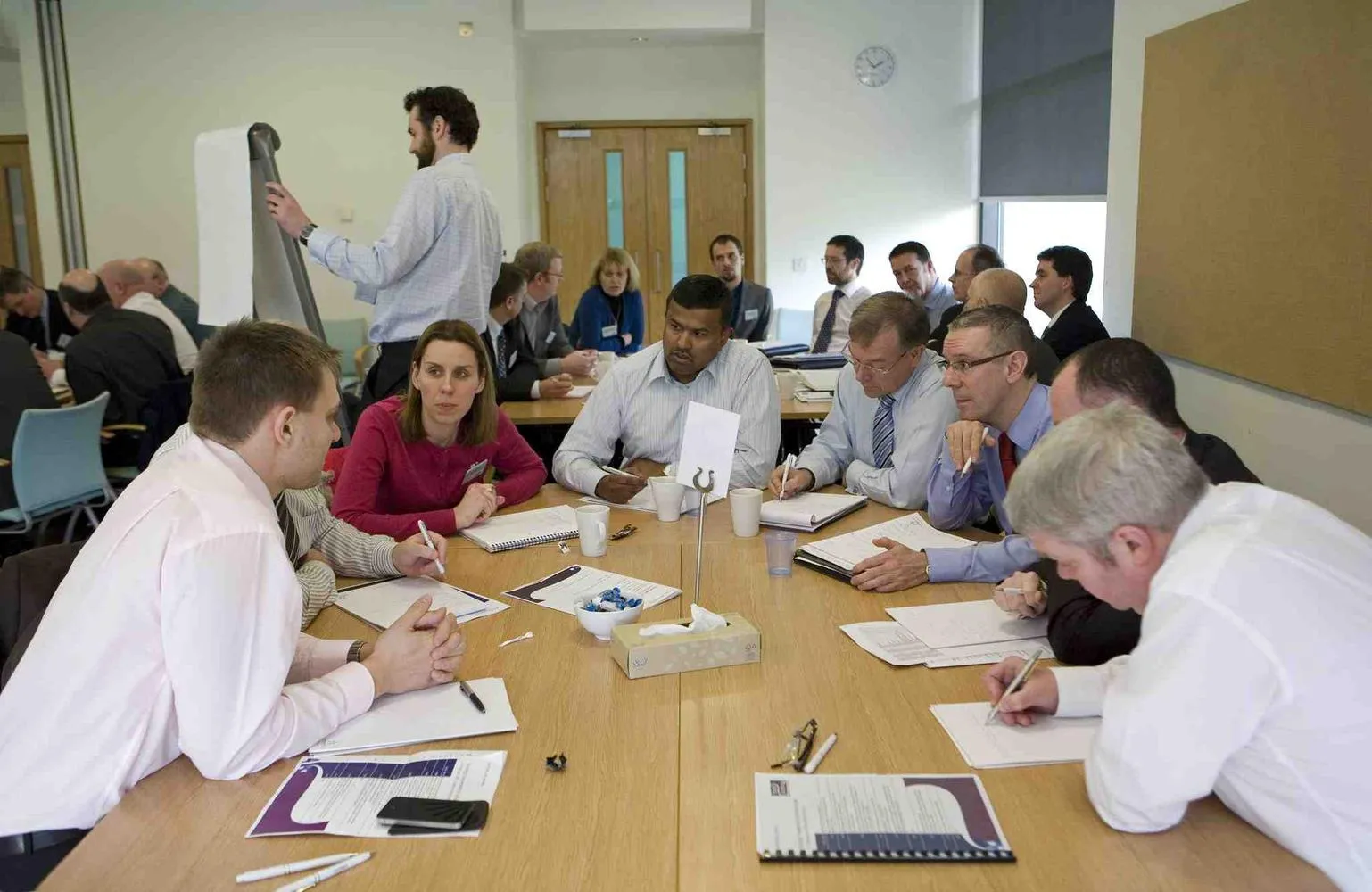Understanding Effective Meeting Tactics
In the fast-paced environments of tech giants like LinkedIn, Amazon, and Asana, effective meetings are crucial for productivity and collaboration. These companies have developed unique meeting tactics that not only enhance communication but also drive results. By examining their strategies, we can glean insights into effective meeting practices that any organization can implement.
LinkedIn's Focus on Preparation
At LinkedIn, executives prioritize preparation before any meeting. They believe that a well-structured agenda is critical for focused discussions. Here's how they achieve this:
| Preparation Tactics | Benefits |
|---|---|
| Distributing Agendas in Advance | Ensures all participants come prepared, fostering informed discussions. |
| Setting Clear Objectives | Helps in keeping the meeting focused on key outcomes. |
| Encouraging Participant Input | Promotes engagement and diverse perspectives. |
This emphasis on preparation has led to more effective decision-making and a culture of accountability at LinkedIn. When everyone arrives ready to discuss key points, meetings become a platform for innovation rather than a mere information exchange.
Amazon's "Two-Pizza Rule"
Amazon employs a unique principle known as the "Two-Pizza Rule." This rule states that no meeting should include more people than can be fed with two pizzas. The reasoning behind this is simple: smaller groups tend to be more productive.
| Two-Pizza Rule Principles | Impact |
|---|---|
| Encouraging Smaller Teams | Facilitates faster decision-making and reduces unnecessary discussions. |
| Enhancing Accountability | Every participant feels ownership over the outcomes. |
| Fostering Open Communication | Allows for a more comfortable environment for sharing ideas. |
This approach not only enhances collaboration but also ensures that meetings stay relevant and actionable. With fewer people involved, participants are more likely to contribute effectively, leading to better outcomes.
Asana's Time-Boxing Strategy
At Asana, executives implement a strategy known as time-boxing. This involves assigning a specific time limit to each topic on the agenda. Here's how time-boxing enhances meeting effectiveness:
| Time-Boxing Benefits | Results |
|---|---|
| Encouraging Efficiency | Participants are motivated to stay on topic and make decisions quickly. |
| Reducing Meeting Fatigue | Shorter, more focused meetings prevent burnout and keep energy levels high. |
| Facilitating Follow-ups | Ensures that all agenda items are addressed and action items are assigned. |
The time-boxing approach has proven successful for Asana, allowing teams to maintain momentum while also ensuring that every voice is heard. By limiting discussions to specific timeframes, meetings become more dynamic and engaging.
Key Takeaways for Effective Meetings
After analyzing the meeting strategies of LinkedIn, Amazon, and Asana, several key takeaways emerge that can enhance meetings in any organization:
- Preparation is Essential: Distributing agendas and setting clear objectives can significantly improve meeting outcomes.
- Keep It Small: Adopting the "Two-Pizza Rule" can foster better communication and accountability.
- Time Management Matters: Implementing time-boxing helps maintain focus and energy levels during meetings.
By incorporating these tactics into your meeting culture, you can create a more effective and engaging environment for collaboration. Effective meetings are a cornerstone of successful organizations, and learning from industry leaders can lead to substantial improvements in how your teams communicate and work together.
Conclusion
In conclusion, the meeting tactics employed by executives at LinkedIn, Amazon, and Asana offer valuable lessons for any organization looking to enhance its productivity. By focusing on preparation, maintaining smaller teams, and implementing time management strategies, companies can transform their meetings from tedious gatherings into powerful sessions that drive results. Embrace these tactics, and watch your organization's meeting culture evolve for the better.





